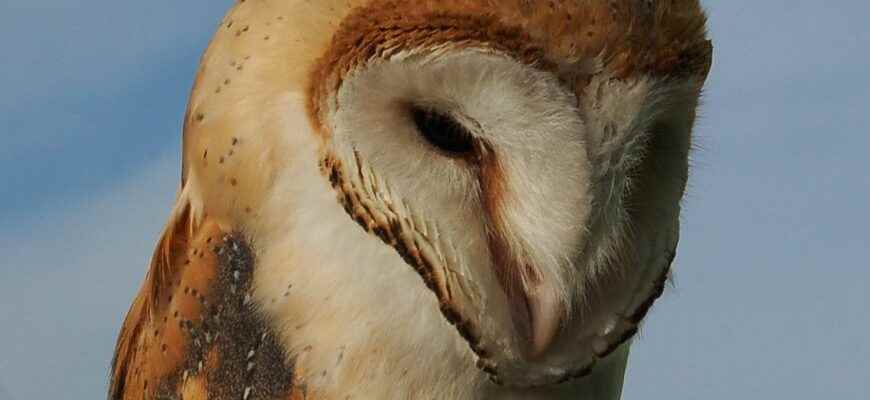This owl is recognizable by its white heart-shaped face. In Auvergne-Rhône-Alpes, it is on the red list of vulnerable species. To encourage its reproduction, the LPO undertook in 2011 to install nesting boxes. There are 69 today in the Drôme. The ones that work are the nesting boxes installed on farms because barns are a traditional habitat for the owl.
The owl feeds mainly on voles
Modern agricultural sheds, in metal structure and generally open, are not suitable for the owl. The nesting boxes allow to offer him optimal conditions, in particular darkness during the day. Besides, the scare is “an ally of farmers” emphasizes Clément Chauvet of the LPO Drôme-Ardèche because it feeds on small rodents. “When we inspect the nesting boxes, we take balls of droppings, everything that the owl has not digested, and the analysis shows that it eats 80% of voles, a few house mice and shrews but in less quantity.”
In 2002, the LPO was certain that two nesting boxes had been used for breeding, in Montbrison-sur-Lez near Grignan and Montélier in the plain of Valence. Ideally, the bird protection league would like to set up a network of nesting boxes, because “young people settle within a radius of 10 kilometers” specifies Clément Chauvet.
– JC Gotheron – LPO Drôme Ardèche
